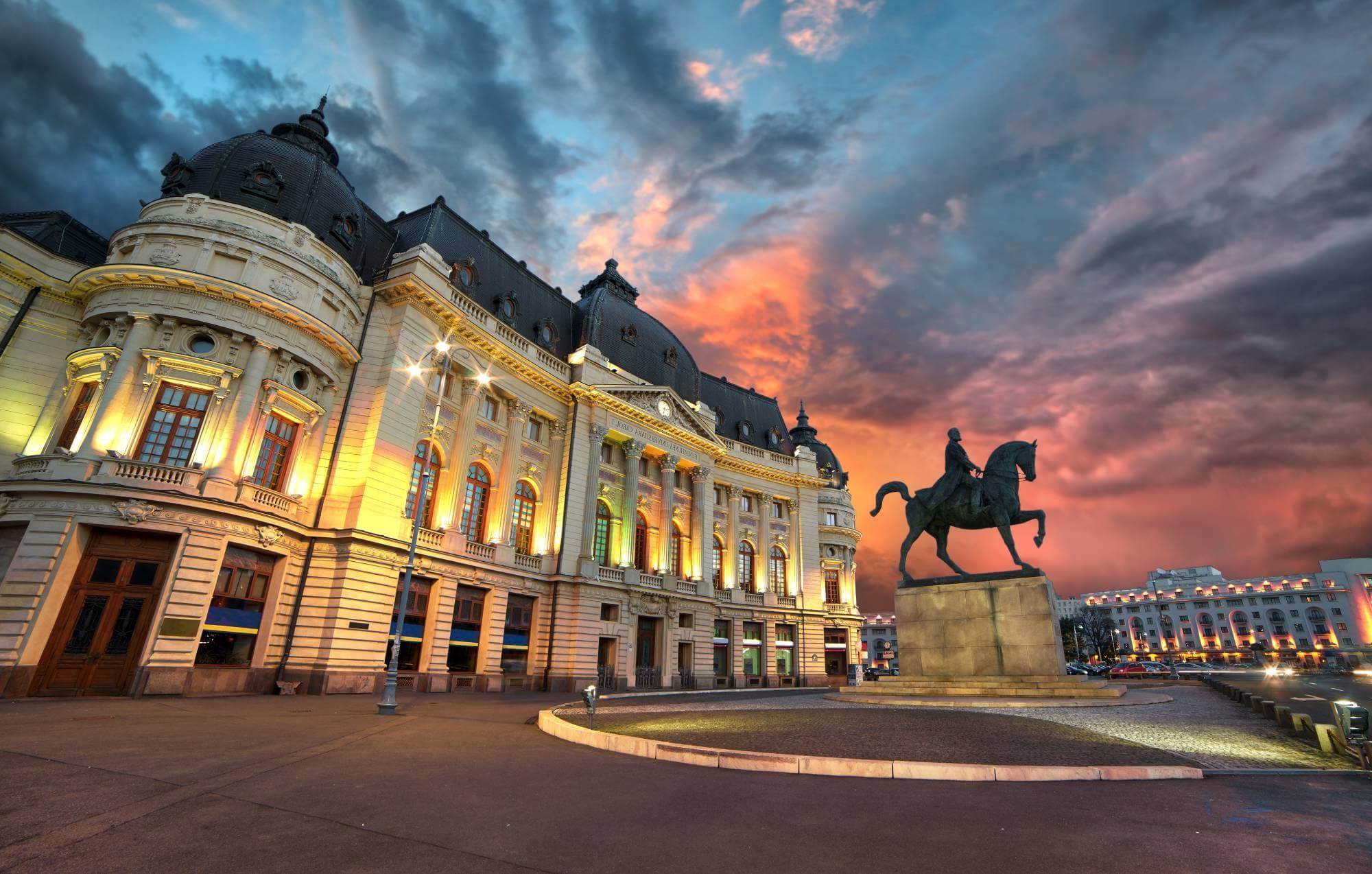Bucharest’s Hidden Communist Past Walking Tour

Curious about Bucharest's hidden history? The Communist Past Walking Tour offers a unique glimpse into Romania's intriguing past. This tour takes you through the city's streets, revealing stories and landmarks from the communist era. You'll visit significant sites like the Palace of the Parliament, Revolution Square, and former secret police headquarters. Each stop provides a deeper understanding of how communism shaped Bucharest and its people. Perfect for history buffs or anyone interested in learning more about this fascinating period, the tour is both educational and engaging. Ready to step back in time and uncover Bucharest's secrets? This walking tour is your ticket to the past.
Bucharest's Hidden Communist Past Walking Tour
Bucharest, Romania's capital, is a city with a rich and complex history. One of the most intriguing aspects of its past is the communist era, which left a significant mark on the city's architecture, culture, and daily life. This walking tour will take you through some of the most important sites related to Bucharest's communist history.
The Palace of the Parliament
The Palace of the Parliament, also known as the People's House, is one of the most iconic symbols of Romania's communist era. This colossal building is the second-largest administrative building in the world, after the Pentagon.
- Palace of the Parliament: This massive structure was commissioned by Nicolae Ceaușescu, Romania's last communist leader. It took over a decade to build and required the demolition of a large part of Bucharest's historic center. Today, it houses the Romanian Parliament and several museums.
Revolution Square
Revolution Square is a significant landmark in Bucharest's history, especially regarding the fall of communism in Romania. This square witnessed some of the most dramatic events during the 1989 revolution.
- Revolution Square: This is where Nicolae Ceaușescu gave his last speech before fleeing the capital. The square is home to several important buildings, including the former Royal Palace, now the National Museum of Art, and the University of Bucharest.
The Former Communist Party Headquarters
The former headquarters of the Romanian Communist Party is another essential stop on this tour. This building played a crucial role in the country's political life during the communist era.
- Former Communist Party Headquarters: Located near Revolution Square, this building was the nerve center of the Romanian Communist Party. It was here that Ceaușescu and his wife were captured before being tried and executed.
The House of the Free Press
The House of the Free Press, originally known as Casa Scânteii, is a striking example of Soviet-style architecture. It was built to house the offices of the communist party's official newspaper and other state-controlled media.
- House of the Free Press: This imposing building was modeled after Moscow's Lomonosov University. It symbolizes the propaganda machine of the communist regime and remains a significant landmark in Bucharest.
The Memorial of Rebirth
The Memorial of Rebirth is a monument dedicated to the heroes of the 1989 revolution. It stands as a reminder of the sacrifices made by those who fought for Romania's freedom from communist rule.
- Memorial of Rebirth: This modern monument, located in Revolution Square, features a tall pillar with a metal crown on top. It commemorates the lives lost during the revolution and serves as a symbol of Romania's rebirth as a democratic nation.
The Ceaușescu Mansion
The Ceaușescu Mansion, also known as the Spring Palace, was the luxurious residence of Nicolae Ceaușescu and his family. A visit to this mansion offers a glimpse into the opulent lifestyle of Romania's former dictator.
- Ceaușescu Mansion: This lavish home is filled with extravagant decorations, including gold-plated bathrooms and a private cinema. It provides a stark contrast to the hardships faced by ordinary Romanians during the communist era.
The National Museum of Contemporary Art
The National Museum of Contemporary Art is housed in a wing of the Palace of the Parliament. It offers a unique perspective on Romania's recent history through contemporary art.
- National Museum of Contemporary Art: This museum features works by Romanian and international artists, many of which reflect on the country's communist past. It's a great place to end the tour and reflect on the impact of communism on Romanian society.
Discovering Bucharest's Hidden History
Bucharest's hidden communist past offers a unique glimpse into a turbulent era. Walking through the city's streets, you can see the remnants of communist architecture, hear stories of resistance and survival, and understand the impact of Ceausescu's regime. This tour isn't just about buildings; it's about the people who lived through those times and their resilience. Exploring places like Revolution Square and the Palace of the Parliament, you gain a deeper appreciation for Bucharest's transformation. The city's history is complex, but it's also a testament to its strength and spirit. Whether you're a history buff or just curious, this tour provides a meaningful way to connect with Bucharest's past. So next time you're in the city, take a walk through history and see Bucharest from a new perspective.

